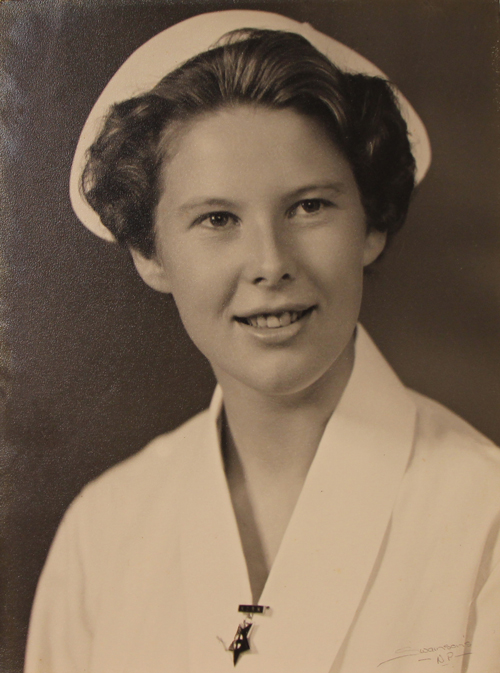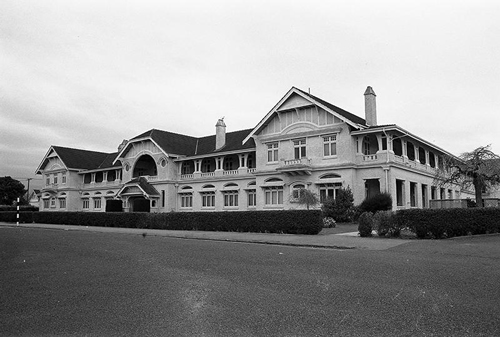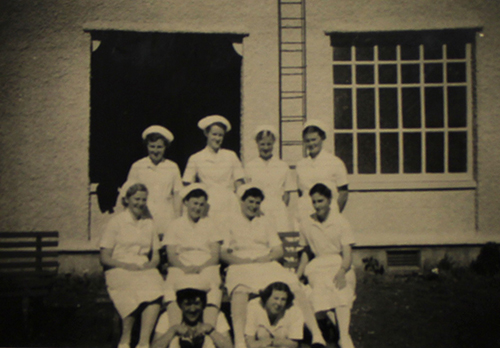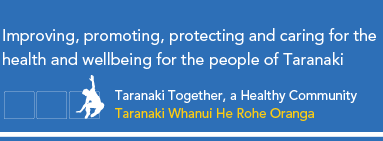International Nurses Day 12 May 2020 – Looking back on 65 years of nursing
12 May 2020

ADON Claudia Matthews recently chatted with retired nurse Pam King (née Maclean), and reflected on some of what’s changed between the current COVID-19 pandemic and the last Polio outbreak in 1955.
More than 1500 New Zealanders were affected by Polio over those two years, with 79 deaths, until vaccines stopped the disease in its tracks. Pam King started her prelim nursing training in June 1955 at the Barrett Street Hospital in a cohort of 10 young women.
Now in her early 80s, Pam can still recite all their names and give a detailed account of what their lives have entailed over the years – the majority are still alive and well.
The concept of work-life balance was unheard of in the 1950s. Pam describes it as a family who you lived, worked and played with. All nurses ‘lived in’ with the exception of some ward sisters who were married. Strong bonds were formed working six days a week. The roster done by the Matron had very little flexibility we get today. Every month there was a complete ward change, and if you wanted to take a trip out of the region, you needed written permission. If you thought of pulling a sickie the Home Sister did your temp and if you were afebrile, you were at work.
After three month’s prelim the young nurses were into action and thrust into the wards to care for patients. There was no reporting on length of stay and bed days back then – these patients were sick and nursed in bed for days on end. Linen was only changed when visibly soiled and most patients lay on a rubber mat covered by a cotton draw sheet.
Pam and the junior nurses were responsible for cleaning on the ward, except high dusting, windows and floors. Everything was reusable, sterilised, boiled, placed in hot air ovens. Syringes were boiled in small sterilisers and needles were sharpened in theatre ready for the next patient. Pans and wash bowls were stainless steel, water jugs and thermometers glass, and IV lines rubber with glass connections.
Junior nurses would run out the meals while the senior sister dished up food on the ward. Patients were allowed a sugary cordial in their fluid jugs back then.
Patients were washed and ready for breakfast at 8am. There was no dashing the patient under a quick shower, there was only one bath on the ward, so most patients were washed in bed.
When our discussion turns to the worldwide Personal Protective Equipment (PPE) problems, Pam fetches her finest night dress to demonstrate how the cotton gowns were hung and donned and doffed – and reused over and over. After all these years she’s still a pro, our infection prevention girls would be proud!
We talked about Tuberculous and how the gown would be hung in the room on a stand, folded dirty side outward. For burns where barrier isolation was implemented, gowns were hung outside the room, clean side tucked in. The gown was used for the length of the stay by all staff. There weren’t expensive N95 masks back then either, they were plain cotton masks with two ties, washed in the laundry.
Visors? No plastic back then. Gloves? Rubber gloves were only for special occasions like in theatre and then autoclaved for reuse.
Pam vividly recollects an accident she had as a young nurse while on duty as the Surgical Night Runner. Working in semi darkness on night duty, Pam raced into the dirty sluice, tripped on a linen bag and flew head first into a locker. She broke two front teeth and lacerated her chin (the scar still evident today 65 years on). Thankfully Mr Hodge the Surgical Registrar at the time was called in for an acute abdo. Pam was taken to theatre where Mr Hodge placed 14 stitches into her chin. “He was a good tidy surgeon.”
There were no ED services in the ‘50s – acute illnesses were manged by general practitioners or an outpatient service during business hours. There wasn’t any Datix, ACC or Occupational Health and Safety either, so Pam was back at work the next shift with or without her two front teeth.
What does International Nurses Day mean to Pam now she’s retired from her lifelong career as a nurse?
“It’s a day of recognition and respect for our profession. It highlights the wonderful career of nursing.”
Although, she adds “Due to societal changes things have gone too far sideways”.
And what advice does Pam have for today’s nurses?
“Remember to wash your hands” and, “Don’t expect others to clean up your mess”.
It was a real privilege to share these memories with Pam and reflect on how far we’ve come. I felt a strong sense of nostalgia for Pam and her generation, working in more simple, uncomplicated times when nurses could do what they do best and nurse.
Pam is a member of the Taranaki Nurse Graduates Association (TNGA). The TNGA is always looking for new members (old or new graduates). The TNGA has annual scholarships available for first and third year nursing students that are advertised at the start of each year’s first semester.


Back row (L-R): Beverly Scott (nee Campbell), Joy Blee (nee Saunders), Margaret O’ Meagher (nee Kirk), Merle Wilson (nee Hay)
Middle row (L-R): Lorraine Snowsill (nee Taylor), Betty Tosland (nee Glassey), Joan Petrovich (nee Alp), Jeanie Mitchinson (nee Duncan)
Front row (L-R): Ena Morrissey (nee Grant), Pamela King (née Maclean)
Last updated: Tuesday, May 12, 2020


